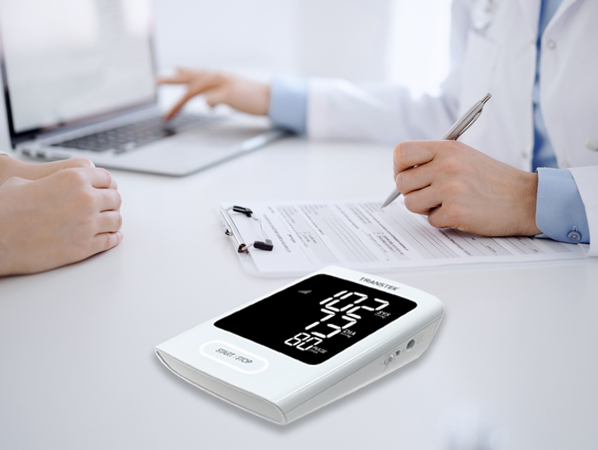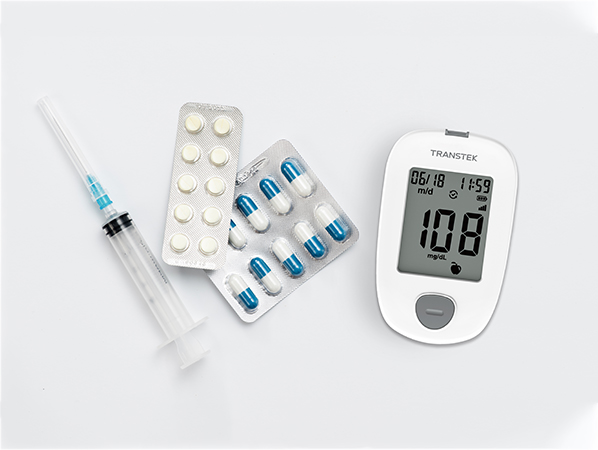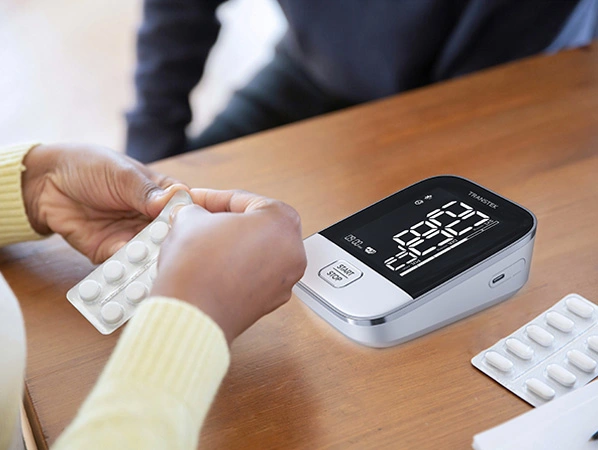Soaring costs, longer hospital stays, readmission rates, and less than ideal outcomes – these factors make raising the bottom line a continuing challenge for healthcare providers. But one of the main advantages of telemedicine is that it can reduce costs. More importantly, a new proposed rule that allows home health care providers to count telemedicine monitoring as reimbursable expenses will come into effect on January 1, 2019, if Centers for Medicare and Medicaid Services achieve their goals.
Telemedicine addresses today’s healthcare challenges. From an organizational perspective, remote patient monitoring is attractive to stakeholders because it solves the following industry challenges: the anticipated shortage of clinicians, changes in reimbursement mode, higher consumption demand, the development of digital technology, evolving regulations. In addition, the combination of telemedicine and automation can reduce the pressure on clinicians to perform repetitive tasks and allow them more time to focus on treating patients.
Telemedicine provides results for patients and providers: telemedicine pays off on both sides. It helps to synchronize care between providers, improve communication between doctors, enhance the management of chronic diseases, and enable providers to have more access to patient’s report. When performed by a team with clinical experience, it produces results. Remote patient monitoring can expand the access of patients and doctors to medical services, improve results, and patient participation, enhance nursing coordination, reduce cost, increase data sharing among suppliers and efficiency.
It is not difficult to see how wearables used for telemedicine monitoring have gained a prominent position in the industry today. Initially, any device used to monitor the patient’s condition was limited to the clinical environment. The size and cost of this equipment means that it can only be used in limited circumstances, whether in the doctor’s office or in the ward.
It begins to change as electronic products continue to become smaller, lighter and more affordable. However, the real breakthrough comes from the emergence of the Internet of things, which refers to devices that can communicate wirelessly through Bluetooth, cloud servers and other means. Technology rarely stagnates, and telemedicine monitoring is no exception. As the use of connected devices becomes more and more common, wearable devices are ready to become an integral part of preventive medicine, which constantly checks the disease early warning signals of people at risk and manages the disease progression of those who have been diagnosed.


